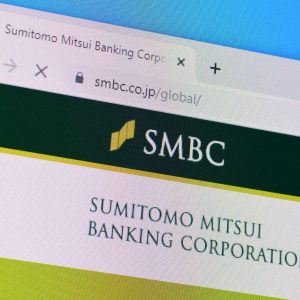
For 2013, the bank had scored 5.05% in a group of 33 large bank holding companies in the country.
According to OFR, the study’s numerical scores are based on parameters such as size, interconnectedness, complexity and cross-jurisdictional activities and measure a bank’s risk as a ratio of the total risk contained by global group of banks.
The Basel Committee on Banking Supervision, a group of banking supervisors from 28 jurisdictions, has designed the method.
It designates banks with the highest scores as global systemically important banks (G-SIBs) and each are required to hold an additional capital buffer of up to 3.5% of its risk-weighted assets.
In the study, which reflected the authors’ views, Citigroup scored 4.27% ranking second, while Bank of America scored 3.06%, followed by Morgan Stanley (2.60%), Goldman Sachs Group (2.48%), and Wells Fargo (1.72%).
The eight US G-SIBs already have enough capital to meet their risk-based capital ratios, inclusive of the Basel G-SIB buffer on a fully phased-in basis.
Financial Services Forum executive vice president for policy John Dearie told Reuters: "It’s just a ratio that assumes a constant level of aggregate risk among all large banks, which given the significant changes over the past few years, is undoubtedly not true.
Image: The JPMorgan headquarters at 270 Park Avenue in Manhattan, New York, US. Photo: courtesy of official-ly cool






